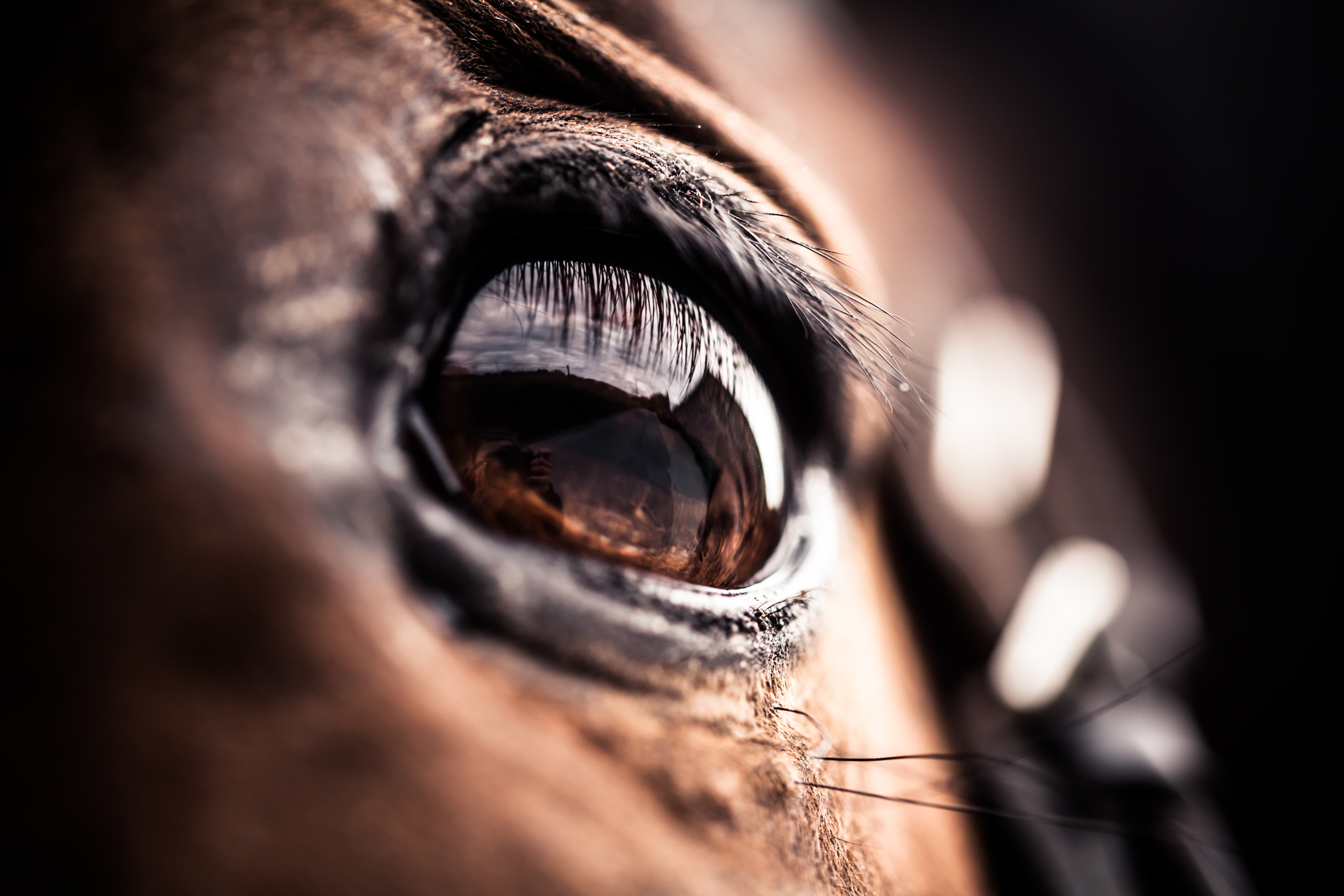Research suggests that windy weather increases the risk that horses living in Florida and other subtropical regions will develop a potentially devastating ocular condition known as deep stromal abscess (DSA).

A fungal infection affecting a layer of tissue within the cornea, DSA often occurs in the wake of a superficial abrasion to the surface of the eye. “They seem to simmer for days to weeks, become painful and can take months to heal with medical and/or surgical therapy,” says Dennis Brooks, DVM, PhD. “They are the most common reason for corneal transplants in the horse.”
The infection is found in many warm climates, but a particularly aggressive form occurs in subtropical climates. Researchers have speculated that atmospheric conditions contribute to the increased incidence and severity of the problem.
To investigate that possibility, researchers examined the records of 390 horses diagnosed with DSA at the veterinary clinic of the University of Florida over a 22-year period.
The researchers also collected environmental information for the date of each horse’s admission from the nearest National Oceanic and Atmospheric Administration weather station. The environmental data included temperature, relative humidity, UV exposure, wind speed and levels of nitrogen dioxide and sulfur dioxide—both considered indicators of air pollution. The number of tropical storms that season was also noted.
The data showed that increased wind speed was associated with a surge in DSA cases. Airborne debris may increase the number of microtraumas to the cornea that precipitate infection, or the wind itself may weaken the tear film that covers and protects the eye, according to the researchers. They note, however, that DSA is not seen as frequently in other windy parts of the world, which suggests that unknown factors are at play.
Increased incidence of DSA also correlated to a rise in nitrogen dioxide in the air. The researchers note that high levels of the pollutant have been linked to a decrease in tear film thickness in people, as well as changes in the bacterial population of their eyes, which could lead to fungal overgrowth.
Brooks says that more study is needed to make specific recommendations for preventing DSA, but fly masks could be helpful. “Fly masks help stabilize the tear film in horses,” he says. “That may help reduce the chance of stromal abscesses.”
This article first appeared in EQUUS issue #458
Don’t miss out! With the free weekly EQUUS newsletter, you’ll get the latest horse health information delivered right to your in basket! If you’re not already receiving the EQUUS newsletter, click here to sign up. It’s *free*!








